The people of Pompeii believed that if there was an earthquake or if the crops failed to produce, it was caused by an angry god. This is when they began to sacrifice animals to please the gods; if only that would have saved them. For as long as the modern persons of the world have known about what happened at Pompeii, it has been believed that they suffocated to death choking on the volcanic ash, pumicite, and the gas from the pumice rocks. There are casts of the bodies that support this claim, such as some with curled toes that is now seen as a reaction when suffocating. But if they indeed suffocated, why were there more natural scenes? For example the photo below is of a young boy who was found next to a man standing, and a woman with a child seated on her lap. If you look closely to the face of the boy, he does not seem in pain. Also, why would archaeologists have found such a pristine scene that seemed like it would be a nice family photo, if they suffocated to death. In fact, most of the bodies that were found were in natural positions, from kneeling to their face in their hands. So how did the entire population of Pompeii die? They were flash heated to death.
In other words they were burned to death very fast. Mount Vesuvius was only 6 miles away from the city of Pompeii. To give you an idea how close that was, Lower Manhattan in New York is only 9 miles away from Upper Manhattan. A volcanic eruption from a volcano of Vesuvius' size, an eruption from any sized volcano, puts out hot gas; Volcanologists call these surges. On the day Pompeii experienced this, Vesuvius put out 4 surges, one weaker than the next, but all it needed was on surge. Volcanologist Mastrolorenzo stated “temperatures outdoors—and indoors—rose up to 300°C [570°F] and more, enough to kill hundreds of people in a fraction of a second," What is more, is when the bones of the Vesuvius victims were compared to modern day human bones that were heated, they cracked in almost the say way. In this new study they have paid more attention to the environment. Indeed the evidence of this proves that the people of Pompeii were exposed t extreme heat. Wood objects were charred and silverware was melted (which happens at 480 degrees Fahrenheit).
To give you an example of how far the study of this site has come, the following is part of a report I wrote in '09. “It started at about one o’clock, August of 79 A.D. At this time it was lunch for the people of Pompeii. That’s when they heard a loud sound. Mt. Vesuvius had erupted. From it came ash and volcanic stone that stretched for miles. It started out as a light drizzle of ash, but before long, the people could not even see one foot in front of them. The debris of the volcano began to accumulate “at the rate of six inches the hour.” It may not seem like a lot, but in time, as it was falling on the houses of citizens, the weight of the ash became to great and caused the roofs to come crashing down. It wasn’t before long that the entire city was covered in 12 inches of debris. At 6:30 am of August the 25th the city of Pompeii was filled with poisonous gas suffocating, killing, all of its people.”
I wrote this one year before we really began to look at what really did happen. What is really amazing is that they died in the fraction of a second. I believe any longer and we would not have been left with the body casts. For example, when cremating a dead body the temperature of 1400 degrees is needed, but kept at a constant for 2 1/2 hours. The ash and heat that happened to Pompeii was for 8 1/2 hours. Also, if the bodies were not killed (there is no other way of saying it), in half a second, they would have indeed suffered.
Although, even if many people were killed, the eruption could have been a blessing in disguise for those who found it. If Pompeii didn’t experience that disaster, would any of its artifacts, any of its traditions, have lasted the test of time? I don’t think the majority of what was preserved would have made it. In spite of this terrible tragedy, it gave us a glimpse into the past. Into the past that was Pompeii.
To give you an example of how far the study of this site has come, the following is part of a report I wrote in '09. “It started at about one o’clock, August of 79 A.D. At this time it was lunch for the people of Pompeii. That’s when they heard a loud sound. Mt. Vesuvius had erupted. From it came ash and volcanic stone that stretched for miles. It started out as a light drizzle of ash, but before long, the people could not even see one foot in front of them. The debris of the volcano began to accumulate “at the rate of six inches the hour.” It may not seem like a lot, but in time, as it was falling on the houses of citizens, the weight of the ash became to great and caused the roofs to come crashing down. It wasn’t before long that the entire city was covered in 12 inches of debris. At 6:30 am of August the 25th the city of Pompeii was filled with poisonous gas suffocating, killing, all of its people.”
I wrote this one year before we really began to look at what really did happen. What is really amazing is that they died in the fraction of a second. I believe any longer and we would not have been left with the body casts. For example, when cremating a dead body the temperature of 1400 degrees is needed, but kept at a constant for 2 1/2 hours. The ash and heat that happened to Pompeii was for 8 1/2 hours. Also, if the bodies were not killed (there is no other way of saying it), in half a second, they would have indeed suffered.
Although, even if many people were killed, the eruption could have been a blessing in disguise for those who found it. If Pompeii didn’t experience that disaster, would any of its artifacts, any of its traditions, have lasted the test of time? I don’t think the majority of what was preserved would have made it. In spite of this terrible tragedy, it gave us a glimpse into the past. Into the past that was Pompeii.
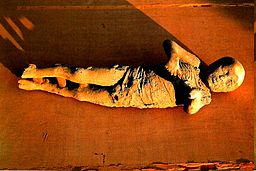
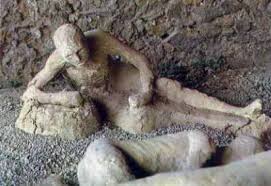


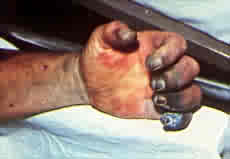
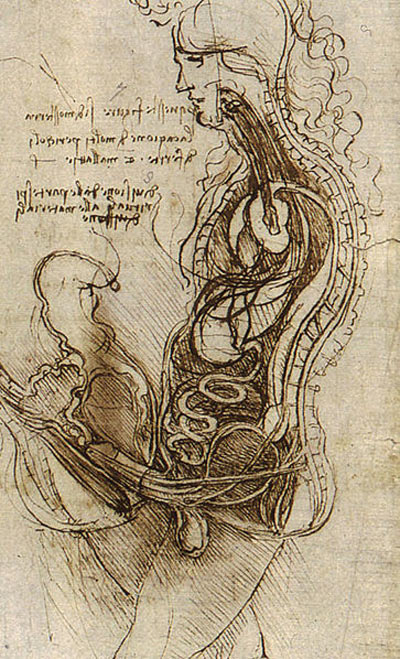
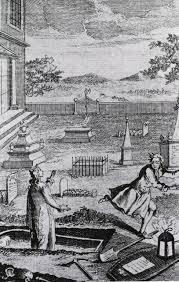
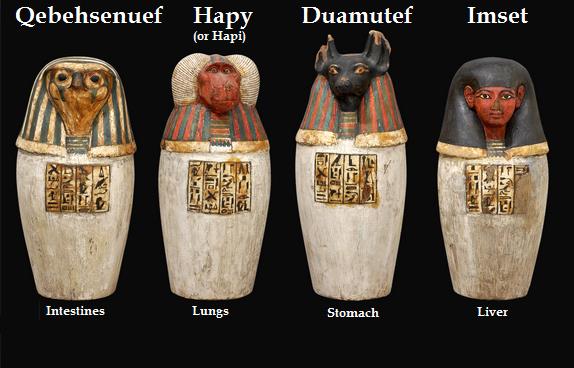
 RSS Feed
RSS Feed
